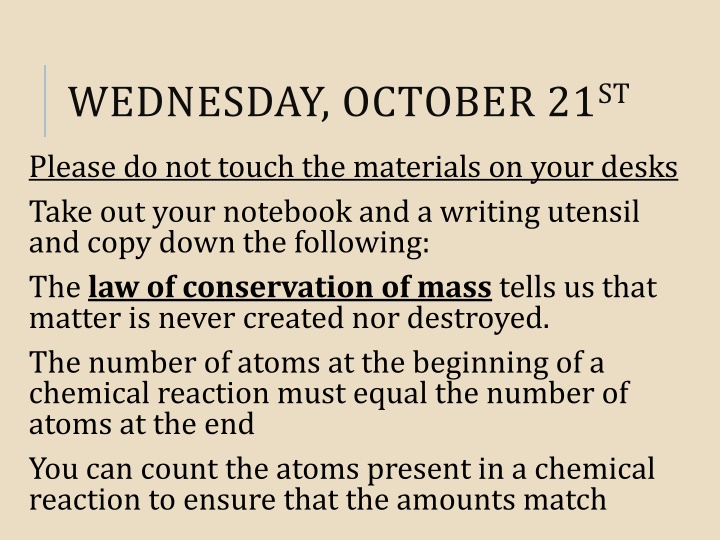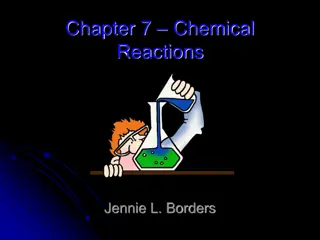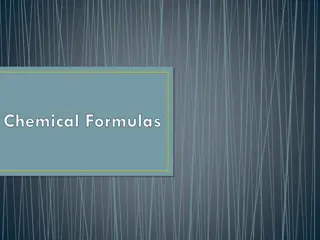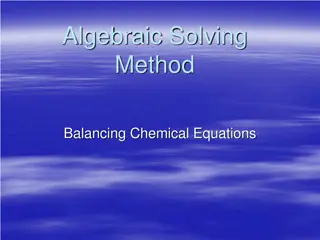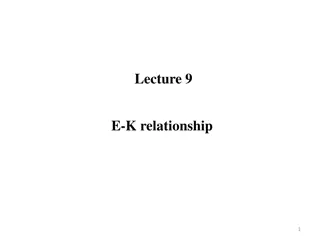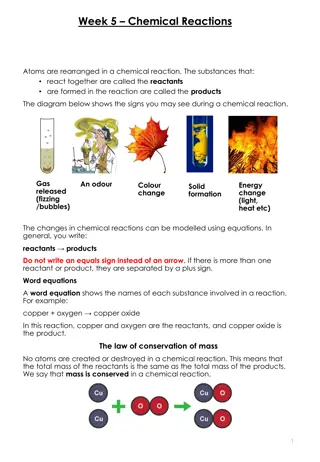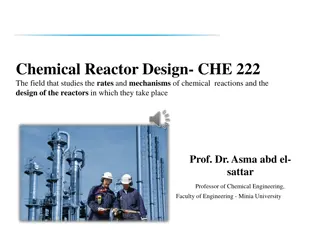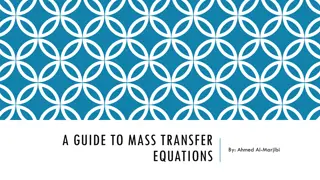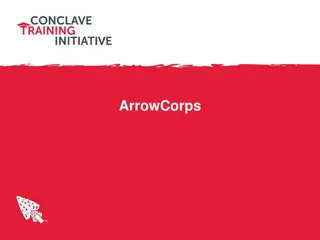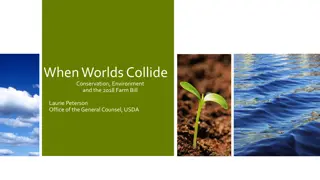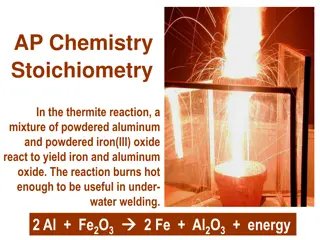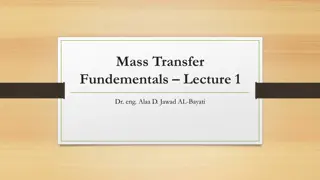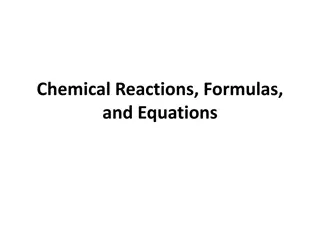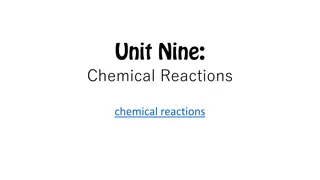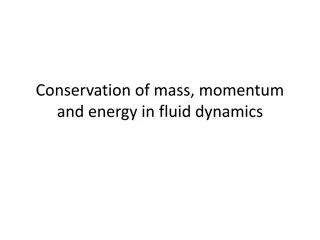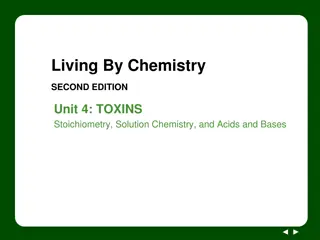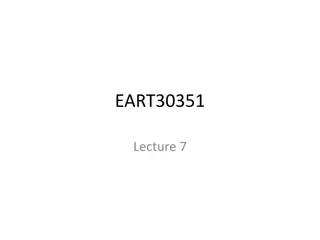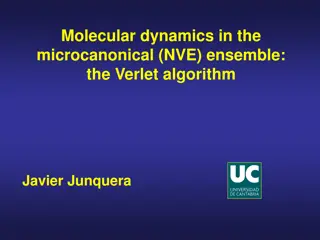Chemical Equations and Conservation of Mass
Today's lesson focuses on the law of conservation of mass in chemical reactions. Students will explore balancing equations through practical activities. They will learn to represent reactions accurately and check if reactions comply with the conservation law. Hands-on tasks involving colored blocks and charts will enhance understanding of reactants, products, and balancing equations.
Download Presentation

Please find below an Image/Link to download the presentation.
The content on the website is provided AS IS for your information and personal use only. It may not be sold, licensed, or shared on other websites without obtaining consent from the author.If you encounter any issues during the download, it is possible that the publisher has removed the file from their server.
You are allowed to download the files provided on this website for personal or commercial use, subject to the condition that they are used lawfully. All files are the property of their respective owners.
The content on the website is provided AS IS for your information and personal use only. It may not be sold, licensed, or shared on other websites without obtaining consent from the author.
E N D
Presentation Transcript
WEDNESDAY, OCTOBER 21ST Please do not touch the materials on your desks Take out your notebook and a writing utensil and copy down the following: The law of conservation of mass tells us that matter is never created nor destroyed. The number of atoms at the beginning of a chemical reaction must equal the number of atoms at the end You can count the atoms present in a chemical reaction to ensure that the amounts match
BALANCING EQUATIONS Purpose of today: To understand how the recipe for reactions is created To practice balancing chemical equations
CHEM CATALYST Does this equation obey the law of conservation of mass? Why or why not? CuCl2(aq) + Na2S (aq) CuS(s) + NaCl (aq)
WRITING CHEMICAL EQUATIONS Kind of like a mathematical formula X + Y XY XY X + Y Stuff to the left of the arrow: reactants Stuff to the right of the arrow: products Reactants react to form products!
SETUP Work with your table groups You should have One set of worksheets 1 Block Molecules sheet 1 Equation 1 sheet 1 Equation 3 sheet Dry erase marker and rag Beaker of colored blocks Your notebook and a pen/pencil
TASK 1 Consider the following chemical equation: Zn (s) + HCl (aq) ZnCl2(aq) + H2(g) This equation tells us that solid zinc atoms react with hydrochloric acid molecules to produce zinc (II) chloride molecules dissolved in water and hydrogen gas. Using the colored blocks, create a surplus (lots) of each of the reactants and the products Zinc = purple Hydrogen = yellow Chloride = blue
TASK 2 Display the # of atoms/molecules, according to the chemical equation, on the Block Molecules worksheet Using the Atom Inventory Chart on the Reaction 1 worksheet, count the atoms of each type in the reactants and the products Fill in the chart using the dry erase marker Does the reaction follow the Law of Conservation of Mass (matter)? Is the reaction balanced? If not, add more atoms or molecules to the Block Molecules display worksheet accordingly Change the numbers in your inventory chart to reflect the changes you made by adding atoms/molecules to the reactants and/or products
TASK 3 Use coefficients (large numbers written in front of molecular formulas) to show how many of each reactant is need and how many of each product is made __ Zn (s) + __ HCl(aq) __ZnCl2(aq) + __ H2(g) Coefficients go here!
BALANCE THE REMAINING EQUATIONS Steps to follow using the blocks: 1. Create a surplus of the reactants and products 2. Organize the correct # of atoms/molecules onto the Block Molecules display sheet (according to the chemical equation) 3. Fill in an atom inventory chart to determine if the reaction is balanced If not, add more atoms/molecules accordingly to the Block Molecules worksheet to balance 4. Change the numbers on your inventory chart to reflect addition of reactants or products 5. Fill in the coefficients to reflect number of reactant atoms/molecules needed and number of product atoms/molecules made 6. Get your work checked by me after each equation!!
CLEAN-UP Separate ALL blocks and put back in beakers Erase worksheets Leave everything as you found it Write the following reaction in your notebook __ Ca (s) + __ O2(g) __ CaO (s) Create an atom inventory chart Balance the reaction
BALANCING WITHOUT BLOCKS! Write the following reaction in your notebook __ Ca (s) + __ O2(g) __ CaO (s) Create an atom inventory chart Balance the reaction
ATOM INVENTORY EXIT SLIP Complete on your own and turn in before you leave!!
